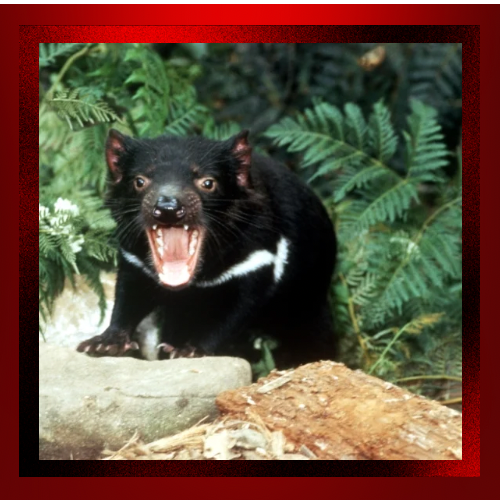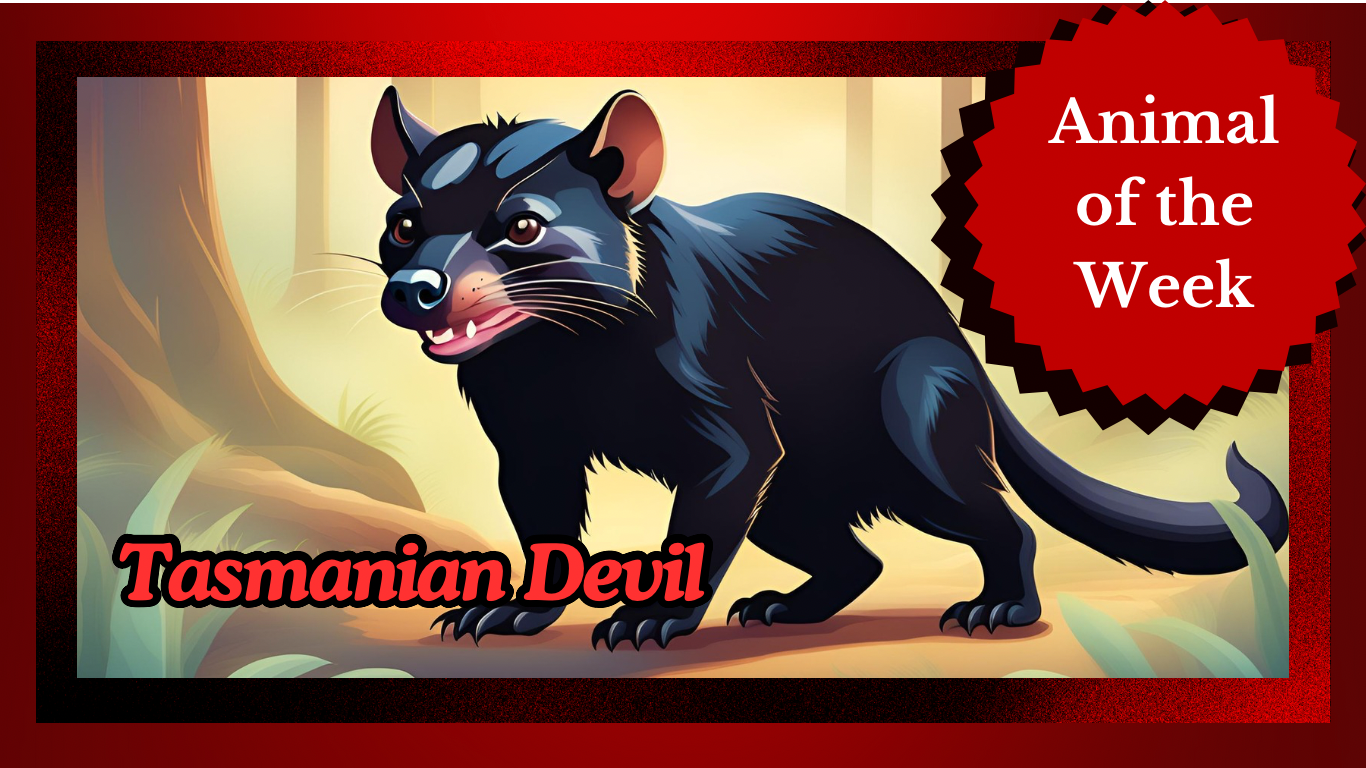The Tasmanian devil (Sarcophilus harrisii) is a carnivorous marsupial native to the island of Tasmania. Known for its fiery temperament and piercing screeches, this small but mighty creature has captivated the attention of wildlife enthusiasts and researchers alike. Beyond its reputation for being feisty, the Tasmanian devil possesses fascinating traits that make it a unique member of the animal kingdom.
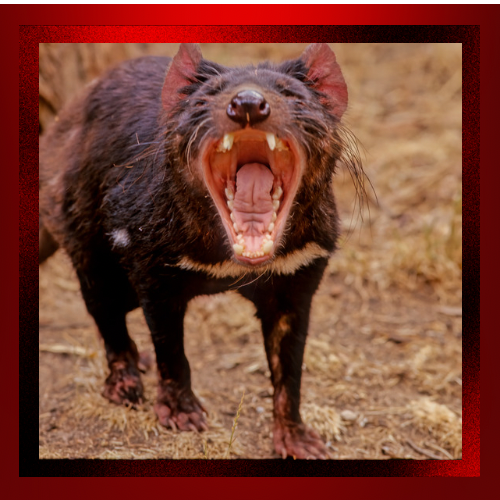
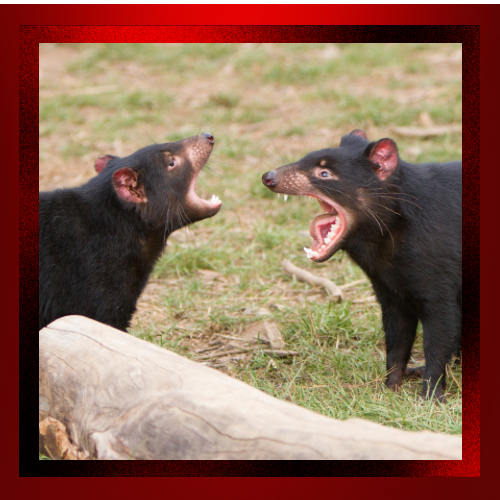
Characteristics That Set the Tasmanian Devil Apart
The Tasmanian devil is the largest living carnivorous marsupial, standing roughly 30 centimeters tall and weighing up to 12 kilograms. Its compact body is covered in black fur, often with white patches on the chest or rump. These markings are unique to each individual, much like fingerprints in humans.
One of its most distinctive features is its powerful jaw. Equipped with sharp teeth and immense jaw strength, the Tasmanian devil can consume every part of its prey, including bones and fur. This ability not only aids survival but also plays a critical role in the ecosystem by helping to keep it clean of carcasses.
Tasmanian devils are nocturnal, meaning they are primarily active during the night. During the day, they rest in dens or dense bushland to avoid predators and conserve energy.
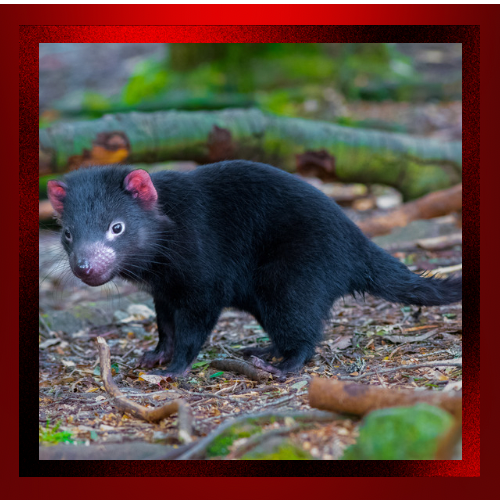
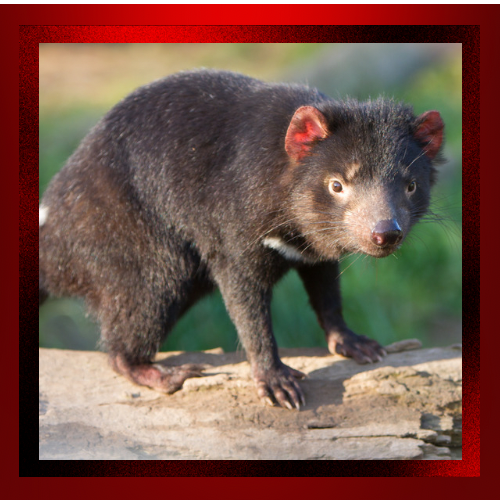
Spinning Behavior and Distinctive Ears of the Tasmanian Devil
The Tasmanian devil’s ears and spinning behavior are fascinating aspects of its biology and behavior, offering insights into how this marsupial navigates its environment and communicates with others.
1. Distinctive Ears
One of the Tasmanian devil’s most striking physical features is its ears. These small, rounded structures are often a vibrant pink or red, especially when the animal is agitated. The color change is caused by increased blood flow, which occurs during moments of stress, excitement, or confrontation. This reddening serves as a visual cue to others, potentially signaling aggression or dominance.
The ears are also sensitive and play an important role in detecting sounds, such as the movement of prey or the presence of competitors. Given their nocturnal lifestyle, the ability to hear well in the dark is vital for their survival.
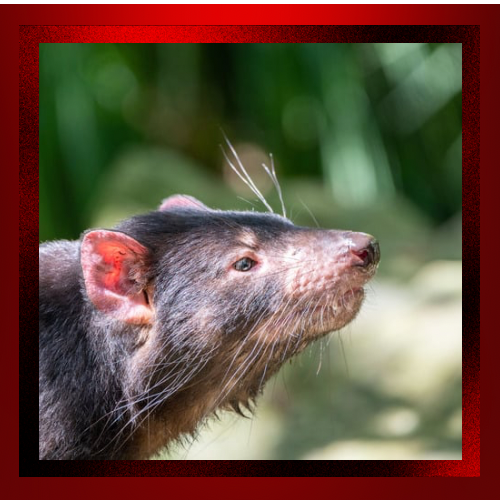
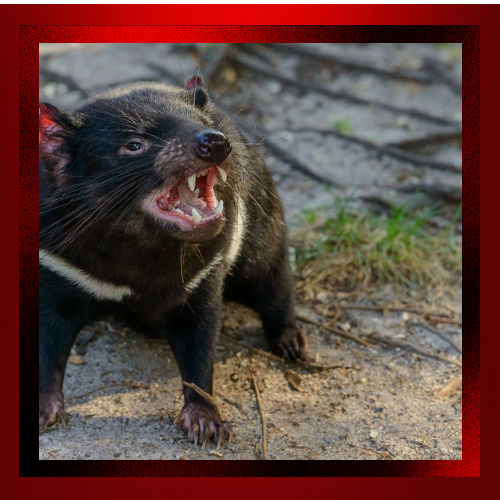
2. Spinning Behavior
Tasmanian devils are known for their unique spinning behavior, often observed during social interactions or confrontations. When competing for food, they might spin in circles around each other while growling and baring their teeth. This spinning is thought to be a display of dominance, intended to intimidate rivals without escalating into physical fights.
Spinning can also occur when they are startled or in playful situations, such as during interactions with other devils in a safe environment. While it might appear chaotic, the behavior helps establish hierarchy and reduces the risk of injury during disputes.
In captivity, spinning has sometimes been noted as a stress-related behavior, especially in confined spaces. Conservation programs aim to provide enrichment to minimize such stress, ensuring the animals have the opportunity to exhibit natural behaviors in more open environments.
Evolutionary Advantages
The combination of expressive ears and spinning behavior reflects the Tasmanian devil’s adaptability. These traits enable effective communication, reduce conflict, and help the species maintain a balance within its social structure.
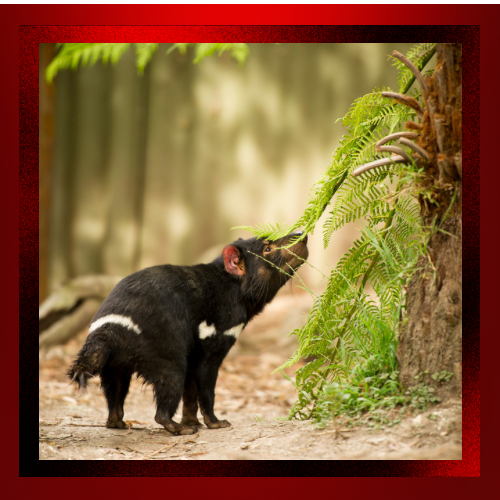
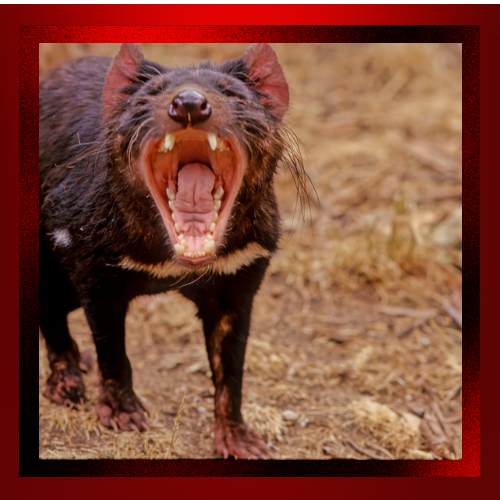
Social Behavior and Communication
Despite their solitary tendencies, Tasmanian devils exhibit social interactions, particularly when food is involved. When multiple devils gather to feed, they often growl, screech, and bare their teeth in what appears to be a fierce display. These interactions serve as a way to establish dominance without physical confrontation.
They also emit a range of vocalizations, from guttural growls to high-pitched screams, to communicate their mood or deter rivals. This vocal prowess contributes to their reputation as fierce and aggressive animals.
The Threat of Devil Facial Tumor Disease
The population of Tasmanian devils has been significantly impacted by a transmissible cancer known as Devil Facial Tumor Disease (DFTD). This disease, first documented in the 1990s, spreads through biting—a common behavior among devils during feeding or mating. Tumors form around the face and mouth, making it difficult for affected individuals to eat, eventually leading to starvation.
Efforts are underway to combat this devastating disease. Breeding programs, research into genetic resistance, and the establishment of disease-free populations are some of the strategies being employed to ensure the survival of this iconic species.
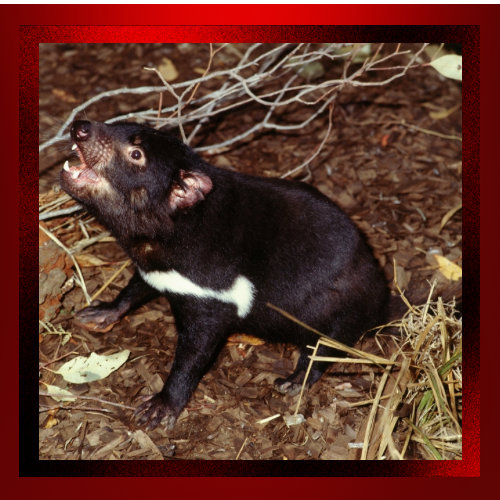
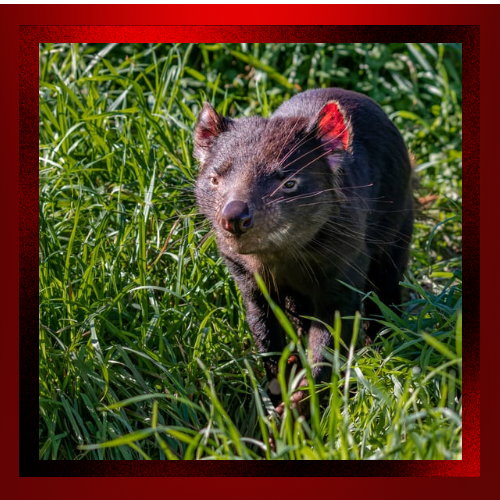
Fun Facts About Tasmanian Devils
1.Remarkable Diet: Tasmanian devils are scavengers that consume nearly every part of their prey. This “waste-not” approach makes them one of nature’s most effective recyclers.
2.Unique Scent: They release a musky odor when stressed, which serves as a warning to potential threats.
3. Short but Active Lifespan: In the wild, Tasmanian devils live around five years. Despite their relatively short life, they play a significant ecological role.
4.Strong Swimmers: Although they prefer land, Tasmanian devils are capable swimmers and can cross rivers in search of food or territory.
5.“Devil-Like” Screeches: Their vocalizations, combined with their fierce demeanor, contributed to early European settlers dubbing them “devils.”
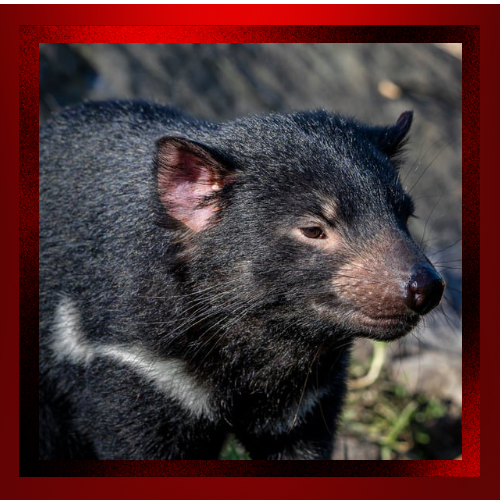
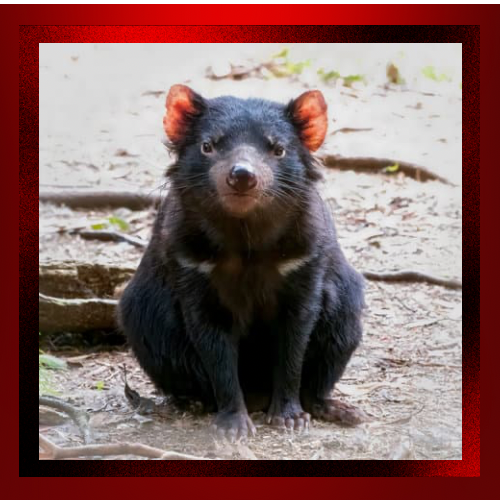
Conservation Efforts
Conservation programs aim to secure the future of Tasmanian devils. Sanctuaries and disease-free breeding programs are pivotal in safeguarding their genetic diversity. Some initiatives include releasing healthy devils into the wild to strengthen natural populations.
Research into DFTD has also revealed some hope, as certain devils show resistance to the disease. Scientists are studying these individuals to understand the genetic factors behind their resilience.
The Tasmanian devil is a resilient and vital part of Tasmania’s ecosystem. Despite the challenges it faces, ongoing efforts to protect and understand this species offer hope for its future.
References
1.Devil Facial Tumor Disease: Current knowledge and future directions. Wildlife Research. https://journals.sagepub.com/doi/10.1177/0300985815616444
2.Department of Natural Resources and Environment Tasmania. “Tasmanian Devil.” Retrieved from https://nre.tas.gov.au.
3.Save the Tasmanian Devil Program. “Conservation efforts to protect Tasmanian devils.” Retrieved from https://tasmanian-devil.com.au.
